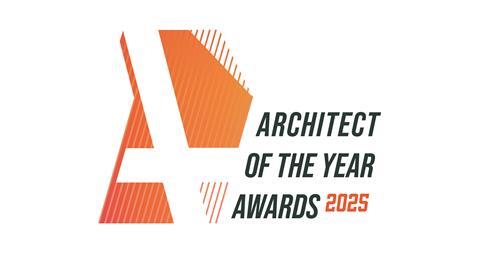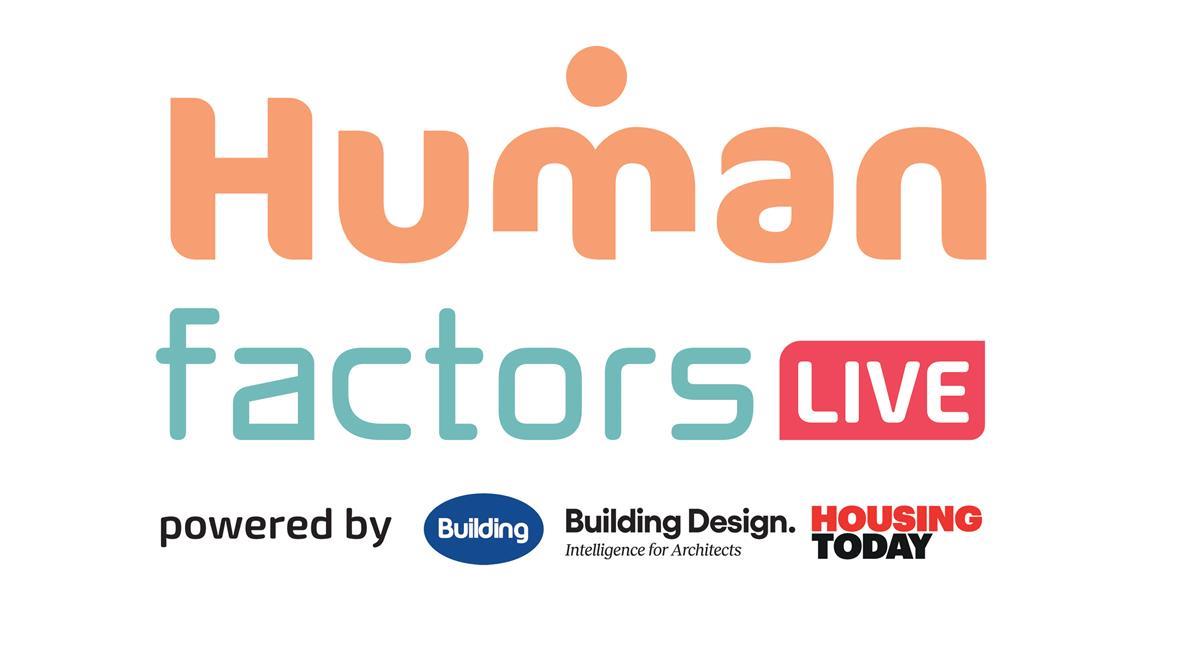From exploitative placements to toxic workplaces, architecture has ignored the failings of professional experience for too long. ARB’s independent report marks a long-overdue reckoning, argues Ben Flatman

ARB’s new independent report on professional experience is both welcome and long overdue. For decades, architecture students and early-career professionals have been saying that the system is broken. And for just as long, too many in the profession have chosen to look away.
The Professional Practice Experience Commission’s report and its recommendations form one part of a broader suite of reforms now being taken forward under ARB chief executive Hugh Simpson’s leadership, supported by the ARB board and executive. It signals the continued impact of a different kind of regulator, one that is activist and unafraid to take on some of the profession’s most entrenched and damaging norms.
For those who fundamentally object to the existence of a statutory regulator, or see ARB as overstepping its remit, this intervention may not be welcome. But anyone willing to take a hard look at the long trail of attrition, exploitation and disillusionment that has characterised the journey to qualification for many will know that change has been needed for a very long time.
The architectural system has for too long been deaf to consistent, repeated complaints from students and trainees. The stories vary in their details, but the themes are familiar: placements that fail to teach the basics, offices that use Part 1s as cheap labour with no real training or support, and Part 3 content that feels like an afterthought, tacked onto the end of a meandering and demoralising process.
The average time to qualification is nine and a half years, a quarter of the average UK working life. That alone should have prompted a rethink.
In my own case, I started my Part 1 year out after an undergraduate degree at the Bartlett. I paid for a formal year-out course, which included a couple of token day-long sessions, but the school itself (at that time) offered virtually no advice on what the purpose of the year out was, what a good placement might look like, or how to make the most of it.
Despite that, I was relatively lucky. My experience involved a mix of model making and some genuine exposure to early-stage design and tender work. But there was a lack of structure and little indication that the practice took an interest in my professional development.
And it still strikes me as remarkable that I was able to progress all the way through to Part 3 without ever once setting foot on a live construction site. There seemed to be an almost deliberate separation between the pure realm of architectural design and the supposedly grubby, compromised world of actually making buildings.
Words matter, not because they flatter, but because they acknowledge commitment
After Part 2, the picture was even more fragmented. Like many, I had a patchwork of roles in different practices. And like many, I encountered at least one employer who seemed to use access to site experience as a form of control, a way of retaining staff who were otherwise ready to move on.
Getting meaningful experience on a project that was actually under construction became the single biggest challenge in progressing to registration. In the end, I had to seek out another, more sympathetic practice where I could shadow a live site project simply to get the exposure I needed.
These experiences are not unique, and they should never have been allowed to become normal. The independent ARB report gives formal recognition to what many have long known.
It also sets out three headline recommendations: that ARB remove constraints to flexibility and innovation in professional experience, that learning providers coordinate the acquisition of competencies, and that significant improvements to workplace culture are needed. Beneath those headline ambitions sit a series of practical and specific proposals (not least the adoption of a streamlined Record of Competency and the use of the term “trainee architect” to describe those still completing their initial training).
The terminology may seem like a small point, but it is telling. Students spend the best part of a decade edging their way towards the right to use the title “architect”, finding themselves labelled “assistants” throughout.
Words matter, not because they flatter, but because they acknowledge the commitment and investment made by aspiring architects. They are one way to make a system feel less alienating and more humane.
The report also holds a mirror up to the profession, drawing on ARB’s wider research into workplace cultures. The findings are as stark as they are depressing. Significant numbers of respondents reported direct experience of bullying (41%), discrimination (33%) and sexual misconduct (10%).
The picture gets worse when broken down further. Over a third of all professionals said they had been subjected to insults, stereotypes or jokes relating to protected characteristics.
Among women, this figure rises to 53%. For ethnic minorities and disabled professionals, it is 46% in each case.
Nineteen percent of all professionals reported experiencing inappropriate sexual comments. Among women, that figure climbs to 38%. One in four female respondents (24%) said they had experienced unwanted sexual advances during their time in the profession.
These are not minor or isolated issues. They are part of a failure in too many practices to provide inclusive, safe and supportive working environments. And they form the backdrop to much of the disillusionment and drop-off that continues to plague the profession, particularly among women and people of colour.
Deborah Saunt recently told BD: “I think all young architects get a really hard time. It’s about a culture often, rather than it being specifically targeted at women.” As Saunt argues, challenging entrenched poor behaviour towards young professionals requires constant work and vigilance.
This report will not solve everything, but it helps change the terms of the conversation
There has been a wilful blindness in parts of the profession to just how toxic the culture can be, especially for those at the earliest stages of their careers. And those who have challenged this culture have too often been gaslit by older generations for whom the existing model is some sort of rite of passage.
“That’s what I had to do” is not a justification. It is a confession of failure.
The Commission’s recommendations offer a chance to break this cycle. They come at a time when ARB is already seeking to embed professional practice content from day one, making Part 3 less of a bolt-on and more a continual process of development. With the undergraduate degree no longer a mandatory starting point, the emphasis is shifting towards competencies, what you know and can do, rather than how long you have endured.
That opens the door to a far more diverse and dynamic profession. One in which some may come through apprenticeships or part-time study, others via new forms of structured vocational learning.
Education providers now have an opportunity to create exciting new pathways that are not disdainful of the building site, but see it as a critical learning environment. And that see architecture not as a cloistered retreat for artistic misfits, but as part of a wider construction and design ecosystem (one that includes engineers, surveyors and contractors, and values collaboration over mystique).
Peter Barker, a partner at Ryder, who helped compile the report, exemplifies this mindset. With an undergraduate degree in Classics, he is an architectural technologist by training, and has played a vital role in opening up new routes into the profession and wider construction industry.
He is also one of the few to seek to actively break down the boundaries between allied professions. His empathy, experience and plain common sense shine through in the report.
This report will not solve everything, but it helps change the terms of the conversation. It is a statement that the status quo is no longer good enough.
For those who struggled to find our way through the existing maze of education and training, it is a reminder of just how unnecessarily hard things were often made for us. For those starting out now, it may, just, be the beginning of something better.
>> Also read: Too much risk lies with architectural trainees, ARB commission finds
>> Also read: ARB research uncovers ‘staggering’ levels of discrimination and sexual misconduct in the architecture profession
Postscript
Ben Flatman is Building Design’s architectural editor.
















No comments yet